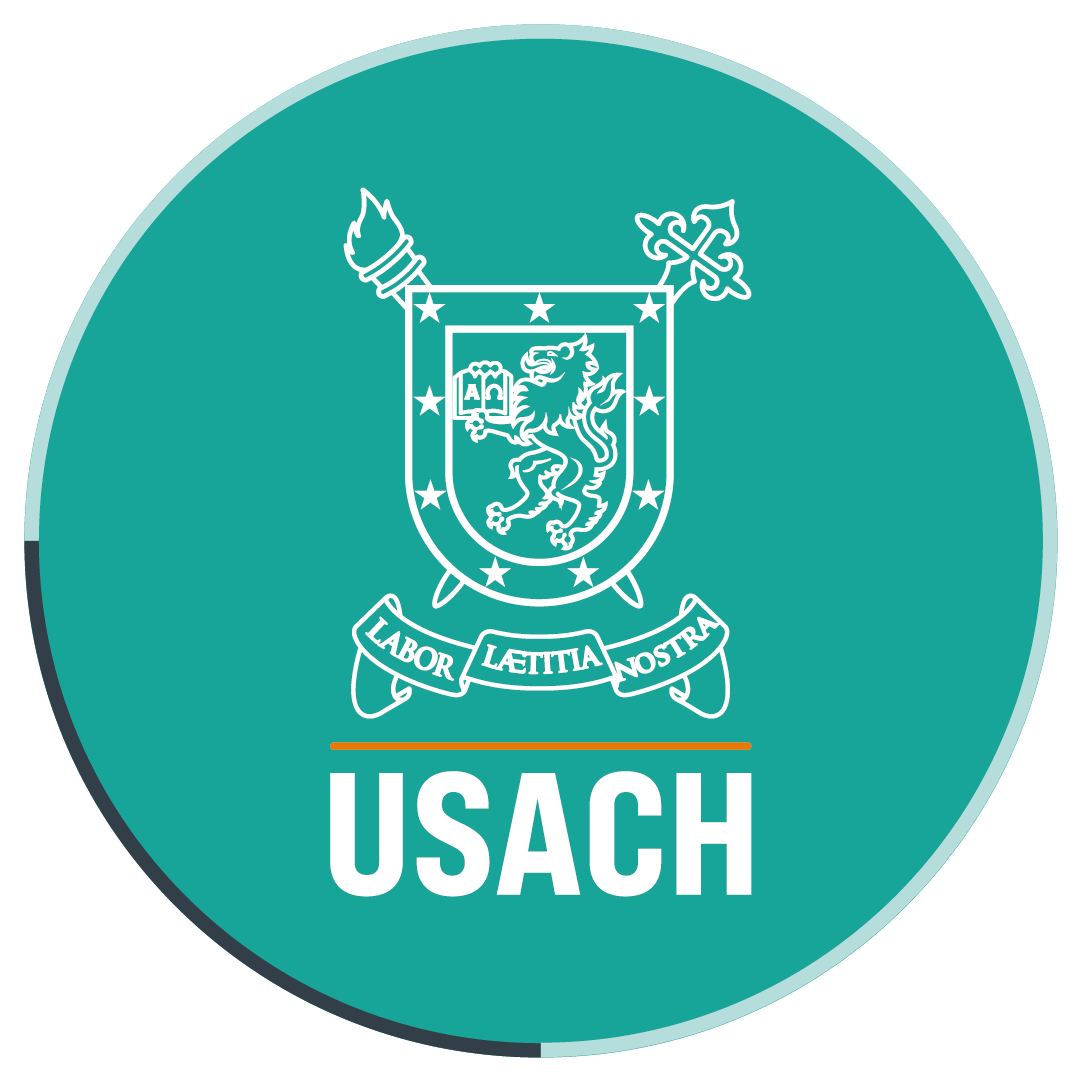Dr. José Zagal honored by the Electrochemical Society of the United States
- During the 226th meeting of the Electrochemical Society (ECS), the researcher at Universidad de Santiago was appointed Fellow of the 2014 ECS Class for his contribution to the progress of science and technology, his leadership in this discipline and his active membership in the ECS. He became the first active researcher in a Latin American country to be awarded this honor.
- Dr. Zagal showed himself gratified at receiving this award from this international scientific society with more than 100 years of history that has gathered together the most renowned scientists and innovators in the world. “My achievements in this field are the result of many years working with excellent colleagues and collaborators and outstanding students. This award encourages me to continue giving my students my best, with devotion and eagerness, and promoting our University research work around the world,” he said.
- This year, professor Zagal, academic at the Faculty of Chemistry and Biology, was also honored by the International Society of Electrochemistry of Europe and was a candidate for the National Award of Natural Sciences.
Scientists from all over the world met in Cancun, Mexico, to hold the 226th version of the bi-annual meeting of the Electrochemical Society (ECS), a scientific American society founded in 1902 that gathers together more than 8 thousand 700 scientists in the field of electrochemistry.
The meeting was attended by more than 2 thousand people and included several activities, among which it is worth to mention the 2014 ECS Class Fellow award ceremony. Fifteen international scientists were appointed Fellows and one of them was Dr. José Zagal, researcher at the Faculty of Chemistry and Biology of Universidad de Santiago de Chile. He was honored for his contribution to the progress of science and technology, his leadership in the field of electrochemistry and his active membership in the ECS. He is the first active researcher in a Latin American country to be awarded this honor.
“It is very gratifying to me to be awarded this honor because our work is being recognized by an international scientific society founded and based in the United States, with more than 100 years of history and that has gathered renowned scientists and innovators in the world, like Thomas Edison, for example,” Dr. Zagal said.
According to Dr. Zagal, the honor he was awarded – that can be added to the one he received this year from the International Society of Electrochemistry of Europe-, “confirms that we are being recognized abroad,” making reference to the strong research groups in the field of electrochemistry that work at the Faculty of Chemistry and Biology of Universidad de Santiago.
“I speak in plural, because my achievements in this field are the result of many years working with excellent colleagues and collaborators and outstanding students. This award particularly encourages me to continue giving my students my best, with devotion and eagerness, and promoting our University research work around the world,” he added.
Finally, Dr. Zagal thanked the Faculty of Chemistry and Biology and Universidad de Santiago for their unconditional support during his 41 years of work at this institution.
Translated by Marcela Contreras

